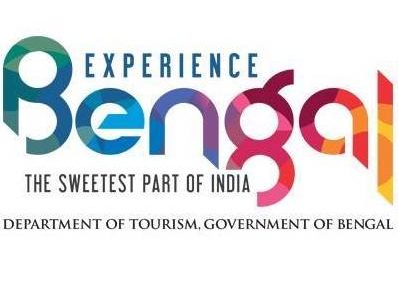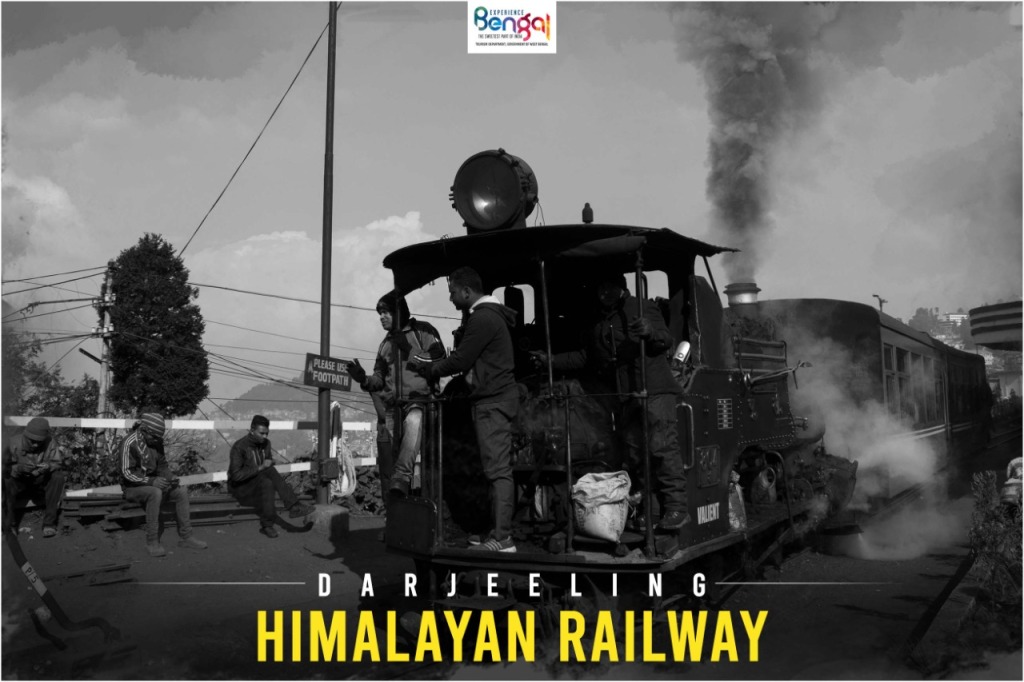
Kurseong is one of the oldest municipalities in West Bengal
Kurseong, whether in the sun or in the rains, is an experience worth writing a book about, as anyone who has been there will tell you. And your visit will only be made more memorable by a stay at the poetically named Roudra Chhaya Tourism Property (formerly Kurseong Tourist Lodge), run by the West Bengal Tourism Development Corporation (WBTDCL). The already beautiful property is made even more attractive by its restaurant, which offers a clear view of the world’s third highest peak, Mount Kanchenjunga. As a bonus, the restaurant serves the gorgeously flavoured and world renowned Makaibari tea along with another of its specialties, mouthwatering momos.
Not many perhaps know this, but Kurseong is one of the oldest municipalities in West Bengal. It became an independent municipality in 1879, and did not become a subdivision until 1890, when Darjeeling was formed as a separate district. Today, Kurseong town and municipality remain part of Darjeeling district, and the town also functions as the headquarters of Kurseong subdivision.
Blessed with pleasant weather throughout the year, Kurseong is 34 km from Siliguri, connected both by road and the Darjeeling Himalayan Railway, or the famous toy train. The nearest airport is Bagdogra and the nearest major railway station is New Jalpaiguri. Nestled among the lower Himalayas and famed for schools such as Goethals, Kurseong offers plenty of natural beauty, particularly its waterfalls or ‘kholas’. That apart, it is close to such world renowned tea gardens as Makaibari and Castleton, which are important names on West Bengal’s tea tourism trail.

For Bengalis, Kurseong is also memorable as the town where Netaji Subhas Chandra Bose was interned by the British in the late 1930s. The Netaji Subhas Chandra Bose Museum and NSC Bose Institute of Asiatic Studies were later set up in a house belonging to Netaji’s elder brother Sarat Chandra Bose in the Giddhapahar area. The museum displays priceless artefacts related to Netaji’s life, including photocopies of letters between Netaji and his future wife, Emilie Schenkel, rare photographs of the Indian National Army (INA), and other memorabilia.
In order to truly enjoy all of this, you must stay at Roudra Chhaya Tourism Property for a few days, if only to enhance your Kurseong experience with the Makaibari tea and momos. In fact, so popular has the wooden-floored restaurant become that its 40 seats are quite often occupied by guests not even staying at the property. With a floor area of 57 sq m, it is open for service from 8.00 am to 8.00 pm, and at a per head cost of only Rs 300, offers delicious fare at extremely reasonable rates.
Kurseong is 53 km from New Jalpaiguri junction, from where plenty of cars/jeeps are available. You can also travel from Darjeeling on the toy train, available twice a day. For those wishing to fly, the nearest airport to Kurseong is Bagdogra, about 40 km away.
For bookings and more details, do contact:
West Bengal Tourism Development Corporation Ltd.
Udayachal Tourist Lodge
DG Block (1st floor), Sec II, Salt Lake, Kolkata – 700091
Phone: 033 2358 5189 Email: visitwestbengal@yahoo.co.in, mdwbtdc@gmail.com, dgmrwbtdc@gmail.com










